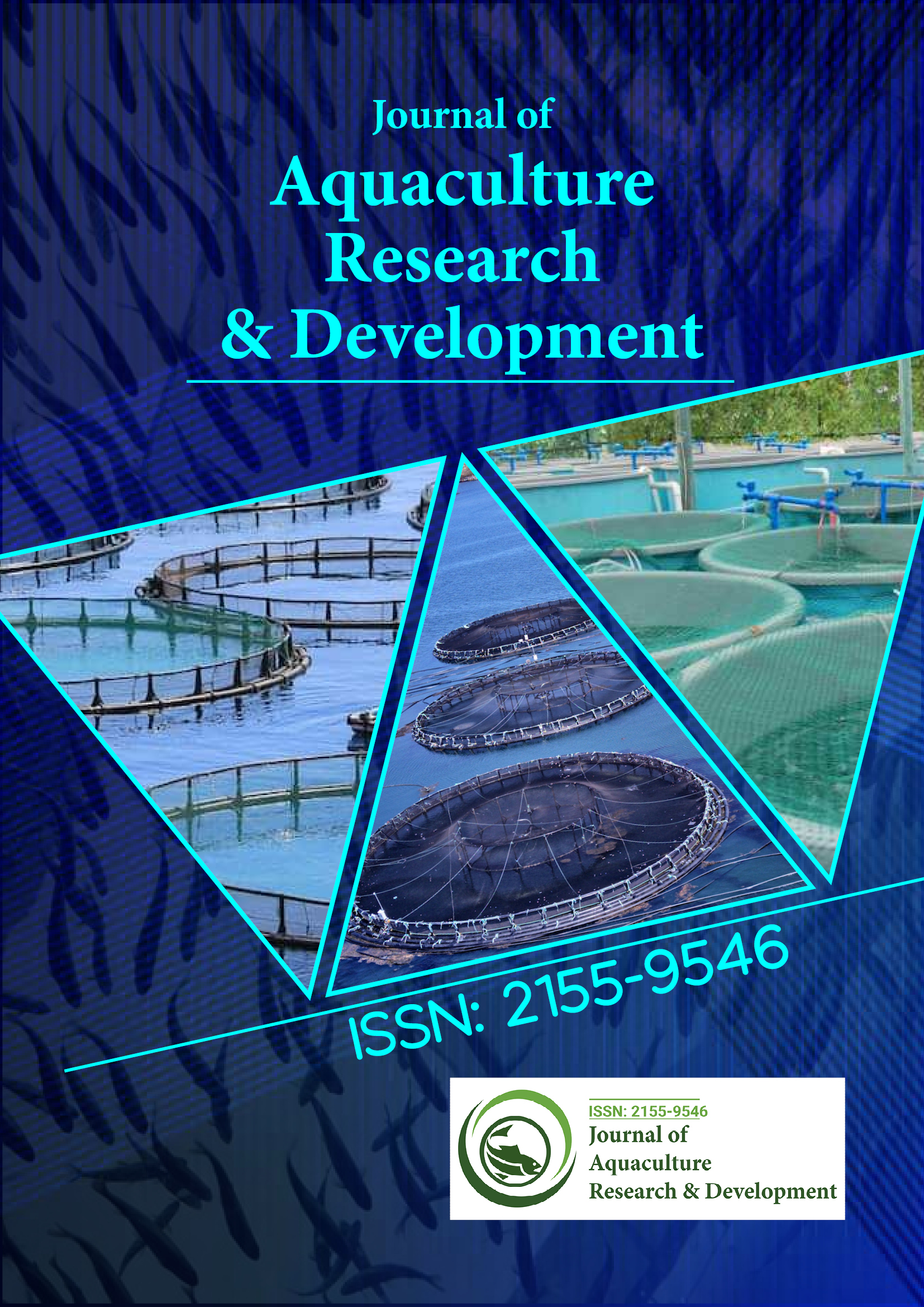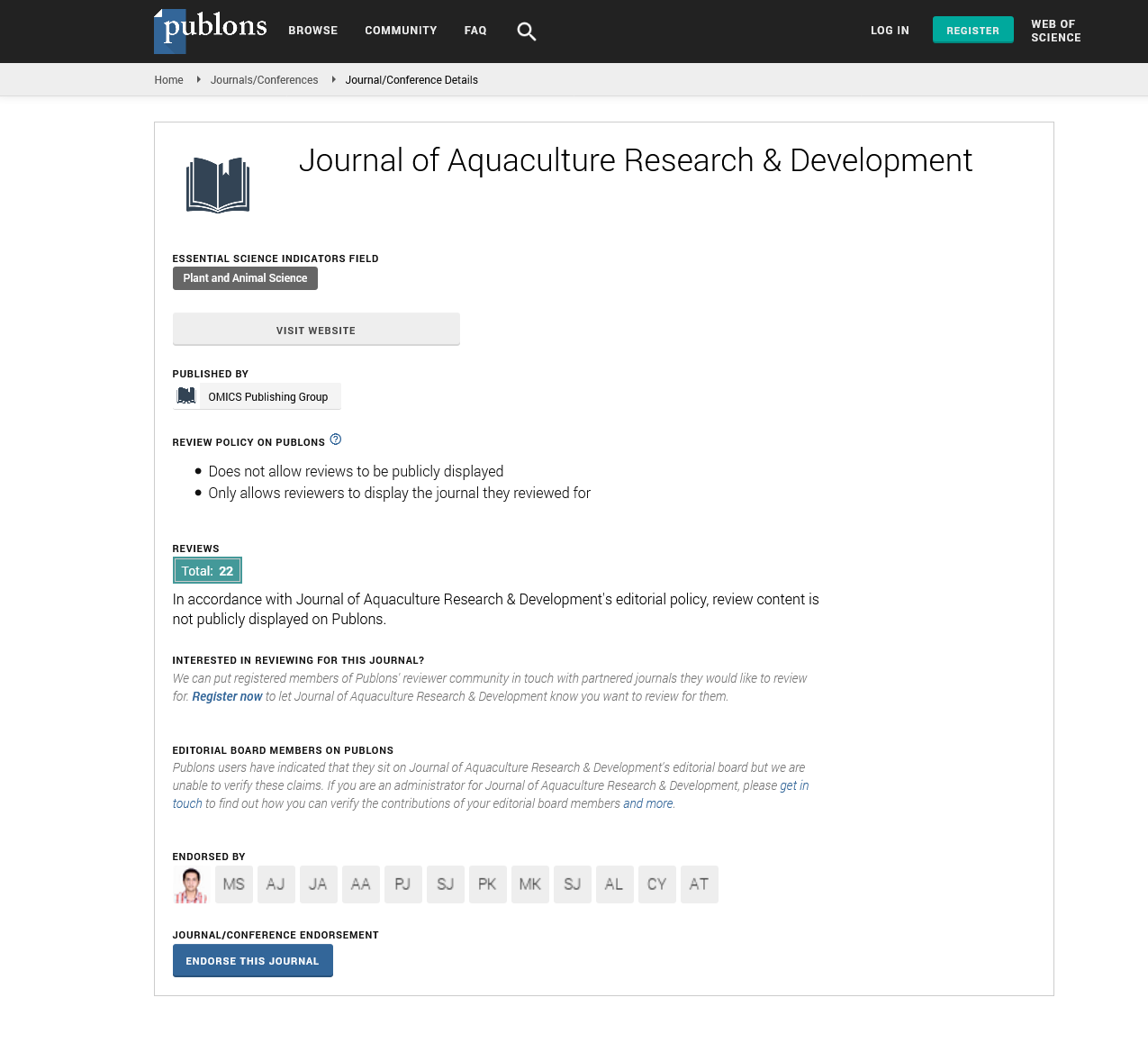Indexed In
- Online Access to Research in the Environment (OARE)
- Open J Gate
- Genamics JournalSeek
- JournalTOCs
- Scimago
- Ulrich's Periodicals Directory
- Access to Global Online Research in Agriculture (AGORA)
- Electronic Journals Library
- Centre for Agriculture and Biosciences International (CABI)
- RefSeek
- Directory of Research Journal Indexing (DRJI)
- Hamdard University
- EBSCO A-Z
- OCLC- WorldCat
- Scholarsteer
- SWB online catalog
- Virtual Library of Biology (vifabio)
- Publons
- MIAR
- University Grants Commission
- Euro Pub
- Google Scholar
Useful Links
Share This Page
Journal Flyer

Open Access Journals
- Agri and Aquaculture
- Biochemistry
- Bioinformatics & Systems Biology
- Business & Management
- Chemistry
- Clinical Sciences
- Engineering
- Food & Nutrition
- General Science
- Genetics & Molecular Biology
- Immunology & Microbiology
- Medical Sciences
- Neuroscience & Psychology
- Nursing & Health Care
- Pharmaceutical Sciences
Perspective - (2024) Volume 15, Issue 12
Sustainable Approach of Aquaculture in Subtropical Shallow Lakes
Durland Telfer*Received: 27-Nov-2024, Manuscript No. JARD-24-27740; Editor assigned: 29-Nov-2024, Pre QC No. JARD-24-27740 (PQ); Reviewed: 13-Dec-2024, QC No. JARD-24-27740; Revised: 20-Dec-2024, Manuscript No. JARD-24-27740 (R); Published: 27-Dec-2024, DOI: 10.35248/2155-9546.24.15.942
Description
Subtropical shallow lakes are unique ecosystems that provide an array of opportunities for aquaculture development. Their warm temperatures and abundant sunlight create favorable conditions for the growth of aquatic species, making them viable sites for fish farming and other aquaculture activities. However, achieving sustainability in such environments requires a comprehensive understanding of ecological dynamics, water quality parameters and efficient management practices. This article discusses the potential of aquaculture in subtropical shallow lakes, the challenges involved and strategies to maximize productivity while preserving ecological balance.
Subtropical shallow lakes are characterized by their relatively shallow depths, warm climates and rich biodiversity. These features make them highly productive ecosystems, often supporting a variety of aquatic plants, algae and animal species. The shallow nature of these lakes allows sunlight to penetrate to the bottom, promoting photosynthesis and primary productivity. This, in turn, forms the basis of the food web, supporting a range of organisms including fish, crustaceans and mollusks. However, the ecological dynamics of these lakes can be highly sensitive to external influences. Nutrient inputs from agricultural runoff, urban wastewater and other sources can lead to eutrophication, which disrupts the natural balance of the lake. Excessive growth of algae and aquatic plants can deplete oxygen levels, negatively impacting aquatic life. Thus, managing nutrient levels is a key consideration for aquaculture activities in these settings. The favorable climatic conditions of subtropical shallow lakes make them suitable for cultivating a variety of aquatic species. Fish species such as tilapia, catfish and carp thrive in these environments due to their adaptability to warm temperatures and fluctuating water conditions. Additionally, the cultivation of aquatic plants such as water spinach and algae offers opportunities for diversifying aquaculture operations. Integrated Multi-Trophic Aquaculture (IMTA) presents a promising approach in these lakes. By combining species that occupy different trophic levels, such as fish, shellfish and algae, IMTA systems enhance resource efficiency and reduce environmental impacts. For example, algae can absorb excess nutrients from fish waste, improving water quality while serving as a feed source for herbivorous species.
Maintaining optimal water quality is critical for the health and growth of cultured species. Parameters such as dissolved oxygen, temperature, pH and nutrient levels must be monitored and managed to prevent conditions such as hypoxia and toxic ammonia accumulation. Nutrient enrichment from external sources and aquaculture activities can lead to algal blooms, depleting oxygen and causing fish kills. Controlling nutrient inputs and adopting nutrient recycling strategies are essential to mitigate this issue. Aquaculture activities can impact the biodiversity of subtropical shallow lakes by altering habitats and introducing non-native species. Careful planning and adherence to ecological guidelines are necessary to minimize these impacts. Subtropical regions often experience fluctuations in weather patterns, including temperature changes and extreme weather events. These factors can affect water quality and the health of aquaculture species, requiring adaptive management strategies.
Adopting eco-friendly practices eco-friendly aquaculture practices prioritize the health of the ecosystem while supporting production. These include minimizing the use of artificial feeds and fertilizers, using natural feed sources and employing organic farming techniques. By reducing the ecological footprint of aquaculture, these practices help maintain the long-term viability of the lake ecosystem. Implementing Water Regular monitoring of water quality parameters is essential for early detection of potential problems. Advanced sensor technologies and automated monitoring systems can provide real-time data on key indicators such as dissolved oxygen, pH and nutrient levels. This allows for timely interventions to prevent adverse conditions. Integrated systems, such as IMTA, can optimize resource use and minimize waste. Combining species with complementary ecological roles enhances nutrient recycling and reduces environmental impacts. For example, filter-feeding organisms like mussels can help control algae, while detritivores can process organic waste. This includes removing uneaten feed and organic debris, employing sediment traps and using biofilters to process waste. Nutrient recycling systems, such as using aquaculture effluents for crop irrigation, can also reduce nutrient loads in the water. Habitat restoration and conservation preserving and restoring natural habitats around subtropical shallow lakes can enhance their resilience to external pressures. Vegetative buffers, wetlands and riparian zones can act as natural filters, reducing nutrient runoff and protecting the lake from pollution. These habitats also support biodiversity and contribute to the overall health of the ecosystem. Resilience to climate variability developing adaptive management strategies to cope with climate variability is essential. This includes designing aquaculture systems that can withstand temperature fluctuations and extreme weather events, as well as diversifying species to reduce risks associated with single-species cultivation.
Citation: Telfer D (2024). Sustainable Approach of Aquaculture in Subtropical Shallow Lakes. J Aquac Res Dev. 15:942.
Copyright: © 2024 Telfer D. This is an open-access article distributed under the terms of the Creative Commons Attribution License, which permits unrestricted use, distribution, and reproduction in any medium, provided the original author and source are credited.

